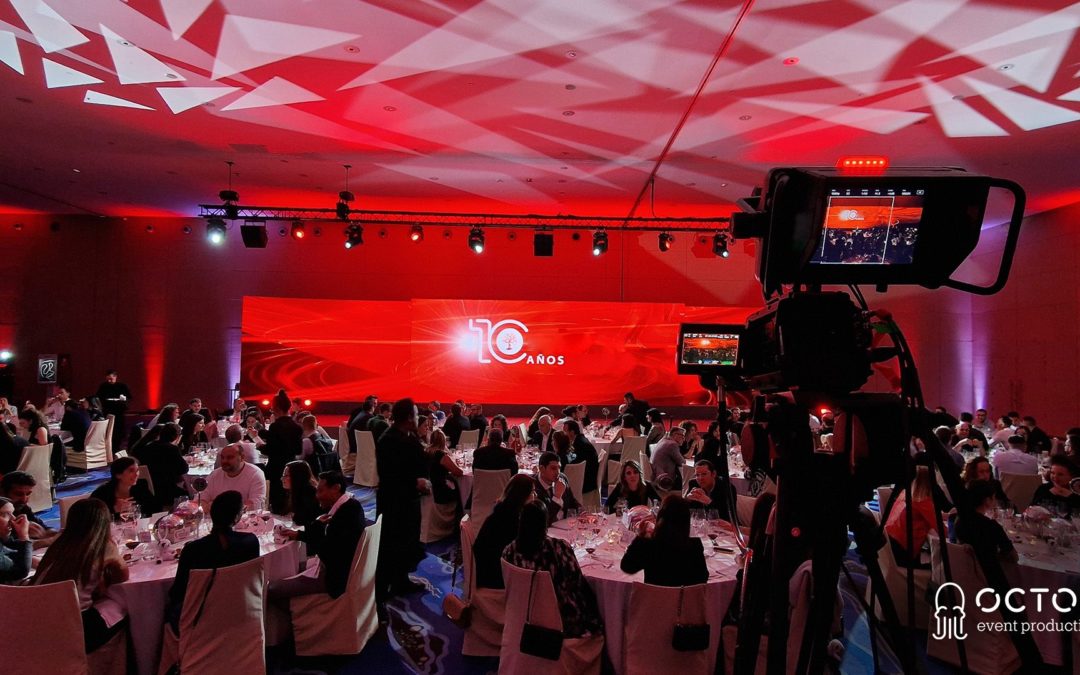If you are reading this, it is because you are curious about Motion Graphics. Motion graphics have become increasingly popular in recent years due to their attractive and eye-catching appearance. They can be found in anything from TV ads and social media videos to movie credits and website content. What are motion graphics and what are they used for?
Animated graphics They are a type of animation that incorporates graphic design and cinematography. They use graphic elements such as shapes, colors and images to create movement that tells a story or conveys a message. Motion graphics can range from simple, minimalist designs to complex and intricate visual effects. They can be used to enhance text, display data, or add visual interest to a video or animation.
How are motion graphics created?
Motion graphics are usually created with a 2D or 3D software program. The designer begins by creating a series of individual frames, each of which contains a graphic element. The frames are then chained together to create an animated sequence. This animation can be customized to fit the needs of the project, from the speed and duration of movement to the visual effects used.
In addition to software, motion graphics can also be created using physical objects, photographs, and even real-life video footage. This gives designers the freedom to experiment with different visual techniques and create a unique look for each project.
What are motion graphics used for?
Motion graphics have a wide variety of uses, from adding visual appeal to a project to conveying complex information in a simple, easy-to-understand format. In marketing and advertising, they can be used to create engaging and memorable video content that captures the audience’s attention. In film, television and web content, they can be used to improve the overall look of a project.
Motion graphics can also be used to convey information in an easy-to-understand way. Whether it’s a tutorial, explainer video, or presentation, motion graphics can be used to make complex ideas or facts easier to understand. They can also be used to create eye-catching data visualizations and infographics that make it easier for people to process and understand information.
Most used Motion Graphics techniques
Typography Animation
Typography animation, or kinetic typography, involves bringing letters and words to life through fluid, stylized movements. This technique is effective for creating eye-catching videos and conveying messages in a dynamic and creative way.
Motion Tracking
Motion tracking allows you to follow the movement of objects in a video to add graphic elements that move synchronously with those objects. It is useful for integrating text or graphics that appear to interact with the original video environment.
Keyframe Interpolation
Keyframe interpolation is the basis of digital animation. It consists of defining key points (keyframes) and allowing the software to generate intermediate frames, creating a smooth transition between different positions, rotations or scales.
Using Particle Effects
Particle effects involve creating multiple small elements, such as points or shapes, that behave according to defined parameters (gravity, wind, etc.). This technique is used to simulate fireworks, explosions, dust, and other complex visual effects.
Shape Animation
Shape animation involves moving, transforming, and deforming geometric figures to create dynamic sequences. It is a versatile technique that can generate everything from simple effects to complex and abstract compositions.
The advantages of using animated graphics
Using animated graphics in a project has many advantages. One of the most significant is that they can bring a project to life in a way that text or still images cannot. Motion graphics can capture your audience’s attention and hold it for longer, making them more likely to remember and engage with your content. They also allow designers to add visual interest and variety to a project, making it stand out from the competition.
Motion graphics are also extremely versatile. They can be used in a wide variety of projects, from television advertisements to web content, and can take on different styles and looks depending on the needs of the project. From minimalist designs to complex and intricate visuals, motion graphics can adapt to the tone and message of the content.
Conclusion
Motion graphics are a powerful and versatile form of animation that can be used to add visual interest, convey information, and engage audiences. They are a valuable tool for marketers, filmmakers, and web designers, and can be used to make a project stand out from the competition. Whether it’s a one-time video or a long-term marketing strategy, motion graphics can help convey a strong, compelling message.





